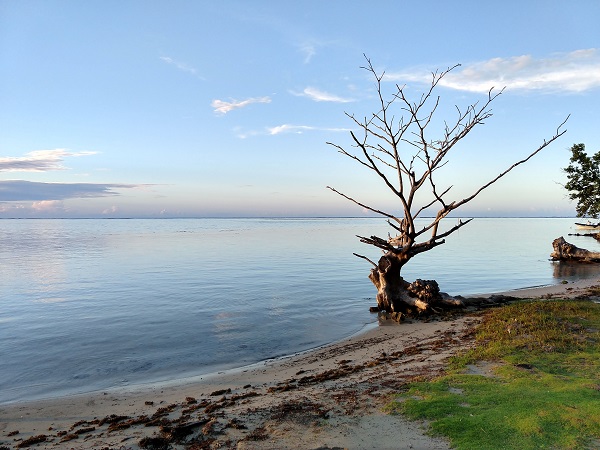These days, I study the “science of science”, that is, how the norms and institutions of science impact how scientists construct their research programs, and how that in turn affects the discoveries that scientists make. I was originally trained as an ecological theorist. While I am less active in this area now, I maintain an interest in ecological theory especially as it pertains to population dynamics.
Science of science
Contemporary science is one of humankind’s most successful creations. Yet it is also a massive decentralized endeavor in which researchers act according to their own worldviews and incentives while embedded in an increasingly connected social network. How does such a community of scholars allocate scarce resources to acquire knowledge reliably and efficiently? I use mathematical models to understand this question and others in the burgeoning field of the science of science. I collaborate closely with Carl Bergstrom in this work. Some of the outputs of our work include exploring how publication bias facilitates or impedes the collective evaluation of scientific claims of modest import, using the economics of contests to investigate how funding agencies can promote scientific discovery most efficiently, and examining how proposal-based and outcome-based peer review create conflicting incentives for researchers to pursue high-risk, high-return research.
The science of science can be situated within the larger social-science endeavor that seeks to understand human activity for its own sake. More pragmatically, however, a richer understanding of the operation of science may suggest ways that the institutions of science can be nudged to improve upon any of a variety of objectives, such as increasing the reliability of the scientific literature, accelerating the pace of scientific discovery, organizing researchers’ efforts more efficiently, and increasing the well-being of scientists. A more nuanced account of scientific activity can also bolster public appreciation of how science actually works, thus fostering a more enduring public confidence in science’s outputs.
Ecological theory
Ecological theory has always been close to my heart. I first trained to be a theoretical ecologist, and while I am less active in this area now, I maintain an interest in the field. Most of my work in this area has focused on stage-structured population dynamics, predator-prey interactions, and large-scale diversity gradients. Capsule summaries of some longer-standing projects follow.
The dynamics of structured populations
Population dynamics studies how the sizes of biological populations wax and wane through time. “Structured” population dynamics refers to characterizing a population not just by its size but also by the distribution of key demographic characteristics across the population. I am interested in understanding these dynamics through mathematical theory and quantitative methods. As an example of this type of work, I worked with collaborators to study the size-structured dynamics of reef-forming tropical corals. We used these models to study how chronic environmental change (such as ocean acidification) and acute disturbances (such as coral bleaching events) have the potential to reshape coral populations and the ecosystems they support. I have also worked with collaborators to characterize how intraspecific competition can create resonances that lead to multi-decade population oscillations, and to develop time-series statistics to quantify ecosystem stability for coral communities in St. John, USVI.
Environmental geometry and species diversity
One of the most celebrated challenges in ecology is to explain large-scale patterns in biological diversity. Most attention has been paid to why there are more species in the tropics, but similar questions can be asked of elevational gradients along mountainsides, depth transects in the ocean, or even microbial gradients within the human body. Many hypotheses have been proposed to explain these biodiversity gradients, and arbitrating among them requires an accurate understanding of the predictions that each makes. Former MS student Andrew Snyder-Beattie and I constructed a mathematical model that synthesizes hypotheses that rely on the geometry of environmental variation, such as latitudinal or elevational temperature gradients. Our model shows that these geometric hypotheses together predict more subtle and nuanced fine structure in biodiversity gradients than either does alone. Encouragingly, these predictions seem to match fine structure that has been noted in multiple published empirical gradients, although that fine structure has rarely received deep attention — perhaps because of a lack of theory that anticipates it.
Transgenic pest control
Genetic technologies offer new promises for regulating abundances of unwanted pest species. Mathematical modeling will be a key component of the design of successful pest-control strategies using transgenic methods. The Genetic Engineering and Society Center at NCSU, in which I participate, brings together scholars to examine the social, biological, and technical aspects of the use of genetic technology for various objectives, including the management of unwanted pests. Former PhD student Gregory Backus has developed the first mathematical models for exploring how transgenic technology might be used to eradicate invasive species from island ecosystems in ways that are more environmentally benign than other contemporary alternatives.
